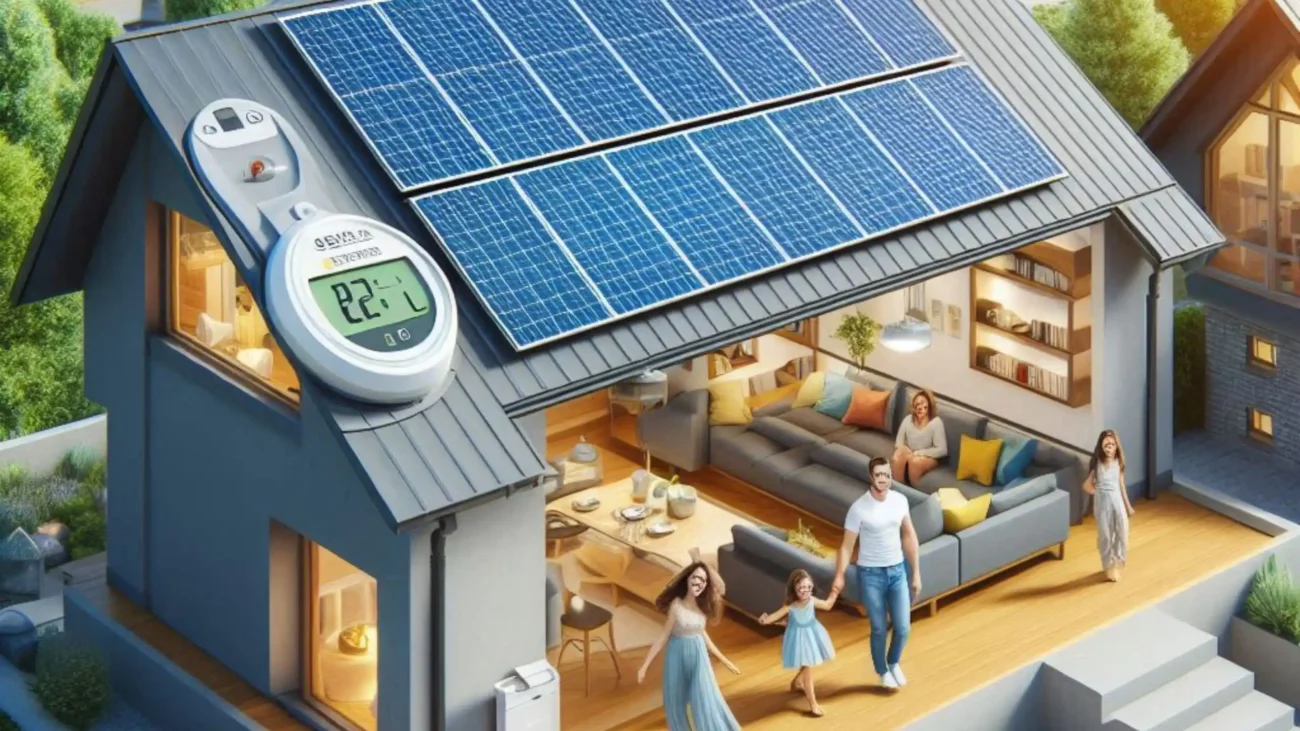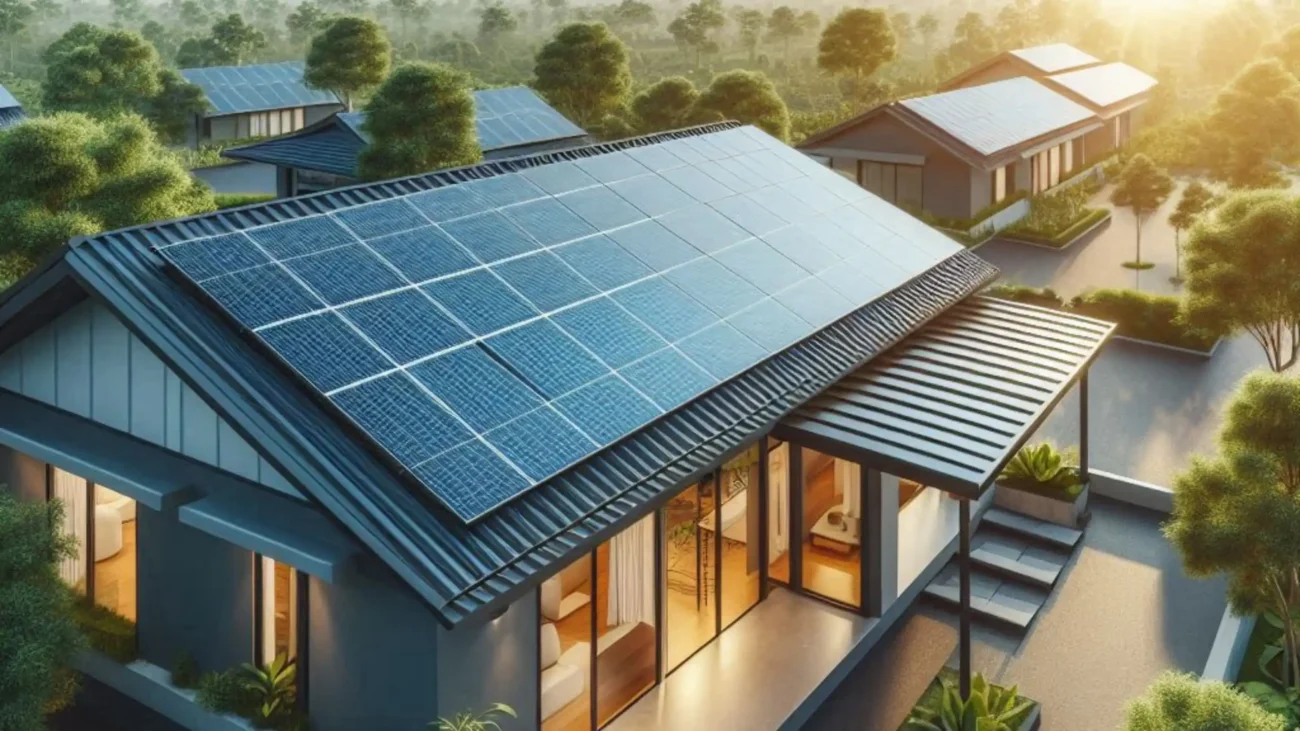The quest for sustainable energy solutions has made solar power a cornerstone of modern energy policy. However, understanding where solar panels work best is crucial to maximizing their efficiency and return on investment. In this comprehensive guide, we will explore the geographical, climatic, and environmental factors that influence the performance of Solar Panels Work.
In This Post
Optimal Geographic Locations for Solar Panels
Equatorial Regions
Equatorial regions receive the most consistent sunlight throughout the year, making them prime locations for solar energy production. Countries like Ecuador, Brazil, and Indonesia enjoy nearly equal day lengths year-round, ensuring a stable and high level of solar irradiance. This consistency is beneficial for Solar Panels Work efficiency and energy predictability.
Desert Areas
Desert areas such as the Sahara, the Arabian Peninsula, and the southwestern United States are ideal for solar panels due to their high sun exposure and minimal cloud cover. Deserts typically experience over 300 sunny days per year, providing abundant solar energy. Additionally, the lack of vegetation minimizes shading and maximizes the amount of direct sunlight reaching the panels. Solar Gadget Reviews
High Altitudes
High-altitude regions benefit from thinner atmospheres, which reduces the scattering and absorption of sunlight. Locations like the Andes, the Himalayas, and the Rocky Mountains can harness significant solar energy despite potentially colder temperatures. The clear skies and increased sunlight intensity at these elevations contribute to higher Solar Panels Work efficiency.

Climatic Conditions Favoring Solar Panel Efficiency
Sunny and Dry Climates
Sunny and dry climates are ideal for solar panels as they offer prolonged periods of direct sunlight without the hindrance of moisture or cloud cover. Regions like the Mediterranean, parts of Australia, and the southwestern United States provide optimal conditions for solar energy generation. The absence of humidity reduces the risk of panel degradation and improves overall efficiency.
Low Humidity Areas
Low humidity areas enhance Solar Panels Work performance by reducing the amount of water vapor in the air, which can absorb and scatter sunlight. This results in more direct sunlight reaching the panels, thereby increasing their energy output. Arid regions, such as the Atacama Desert in Chile, are perfect examples where low humidity levels contribute to high solar energy efficiency. Blog
Mild Temperature Zones
Mild temperature zones prevent overheating of Solar Panels Work, which can degrade their performance. Excessive heat can reduce the efficiency of photovoltaic cells, making regions with moderate temperatures more suitable for solar energy production. Coastal areas with mild climates, such as California and parts of Spain, offer balanced conditions for optimal solar panel operation.

Environmental Considerations for Solar Panel Placement
Minimal Shading
Minimal shading is crucial for maximizing the efficiency of Solar Panels Work. Trees, buildings, and other obstructions can cast shadows on panels, significantly reducing their energy output. Open fields, rooftops with unobstructed views, and areas away from tall structures are ideal for placing solar panels to ensure they receive maximum sunlight throughout the day.
Clean Air Quality
Clean air quality ensures that sunlight is not diffused or blocked by pollutants, dust, or smog. Areas with high air quality, such as rural regions or places with strict environmental regulations, are more conducive to solar panel efficiency. Ensuring panels are located in areas with low air pollution levels can significantly enhance their performance and longevity. Solar Guides
Stable Ground or Roof Structures
Stable ground or roof structures are essential for the secure installation of Solar Panels Work. The structural integrity of the installation site impacts the long-term viability and efficiency of the solar energy system. Flat roofs, south-facing slopes, and solid ground installations offer the best foundation for solar panel arrays.

Technological and Infrastructural Factors
Advanced Solar Technology
Advanced solar technology improves the efficiency and adaptability of solar panels in various environments. Innovations like bifacial panels, which can capture sunlight from both sides, and tracking systems that adjust the panel’s angle to follow the sun, enhance energy capture and overall efficiency. Utilizing the latest technology can optimize solar energy production even in less-than-ideal conditions.
Robust Electrical Infrastructure
Robust electrical infrastructure is necessary to support the integration of solar energy into the grid. Efficient transmission lines, reliable grid connections, and energy storage solutions are critical for maximizing the utility of solar power. Areas with advanced electrical infrastructure can better accommodate the variable nature of solar energy and ensure consistent power delivery.
Supportive Policies and Incentives
Supportive policies and incentives from governments can significantly impact the adoption and success of solar energy projects. Tax credits, rebates, and feed-in tariffs encourage investment in solar technology and infrastructure. Regions with favorable policies, such as Germany, China, and California, have seen substantial growth in solar energy installations and usage.
Case Studies: Success Stories in Solar Energy
California, USA
California is a leading example of successful solar energy implementation. With its sunny climate, robust infrastructure, and supportive government policies, the state has become a solar energy powerhouse. The widespread adoption of residential and commercial solar installations has significantly contributed to California’s renewable energy goals.
Germany
Despite its relatively mild and sometimes cloudy climate, Germany has excelled in solar energy production due to strong governmental support and innovative technology. Feed-in tariffs and significant investments in solar research and development have positioned Germany as a global leader in solar energy adoption. Gadget For Travelers
Australia
Australia’s vast deserts and sunny coastal areas provide excellent conditions for solar energy. The country has leveraged its natural advantages with substantial investments in solar farms and residential solar systems. Australia’s proactive approach to renewable energy policies has accelerated its transition to solar power.

Conclusion
Solar panels work best in regions that offer abundant sunlight, minimal shading, clean air quality, and stable installation conditions. Optimal performance is also influenced by advanced technology, robust infrastructure, and supportive policies. Understanding these factors can help maximize the efficiency and return on investment for solar energy systems, driving the global transition to sustainable energy.
FAQs About Where Solar Panels Work Best
What are the best geographic locations for solar panels?
The best geographic locations for solar panels are equatorial regions, desert areas, and high-altitude locations. These areas receive consistent, abundant sunlight, minimizing shading and maximizing solar energy production throughout the year.
Do solar panels work well in cloudy or rainy climates?
Solar panels can still generate electricity in cloudy or rainy climates, but with reduced efficiency compared to sunny conditions. Modern solar technologies, such as enhanced photovoltaic cells, help mitigate these effects, ensuring consistent energy production even in less ideal weather conditions.
How does temperature affect solar panel efficiency?
High temperatures can reduce solar panel efficiency by causing photovoltaic cells to overheat, leading to decreased energy output. Optimal performance is achieved in mild temperature zones, where panels are less likely to overheat, ensuring consistent and efficient energy production.
Can solar panels work in snowy regions?
Yes, solar panels can work in snowy regions. Snow can enhance efficiency by reflecting sunlight onto the panels. However, heavy snow accumulation should be cleared to avoid shading and maintain optimal performance. Proper installation and maintenance ensure consistent energy production in cold, snowy climates.
What role does air quality play in solar panel efficiency?
Air quality significantly impacts solar panel efficiency. Pollutants, dust, and smog can block or scatter sunlight, reducing the amount of direct sunlight reaching the panels. Clean air quality ensures more direct sunlight exposure, enhancing energy output and overall performance of solar panels. Regular cleaning and selecting locations with low pollution levels can improve efficiency.
Are there specific structures best suited for solar panel installation?
Flat roofs, south-facing slopes, and solid ground installations are best suited for solar panel installation. These structures provide stable foundations and maximize sunlight exposure, ensuring optimal performance and efficiency. Proper positioning and minimal shading are essential for achieving the best energy output from solar panels.
How do advanced solar technologies improve performance?
Advanced solar technologies, such as bifacial panels and tracking systems, significantly improve performance by capturing more sunlight and adjusting to its angle throughout the day. These innovations enhance energy capture, increase efficiency, and ensure consistent energy production even in varying environmental conditions.
What kind of government policies support solar energy adoption?
Government policies that support solar energy adoption include tax credits, rebates, feed-in tariffs, and grants. These incentives reduce installation costs, encourage investment in solar technology, and promote renewable energy use. Supportive policies create a favorable environment for solar energy growth, making it more accessible and economically viable for individuals and businesses.
Can solar panels be used in urban areas?
Solar panels can be effectively used in urban areas, particularly on rooftops of residential and commercial buildings. Urban installations provide a practical solution for generating renewable energy in densely populated areas where space may be limited. They contribute to local energy production and sustainability efforts while reducing dependence on traditional energy sources.
What maintenance is required for solar panels?
Solar panels require minimal maintenance, primarily consisting of regular cleaning to remove dust, debris, and snow. Periodic inspections ensure optimal performance and longevity. Cleaning schedules may vary based on local conditions but typically involve gentle washing with water and a soft brush to maintain efficiency.
How do solar panels perform in different seasons?
Solar panels perform best during summer with longer daylight hours and more direct sunlight. They still generate electricity in winter and cloudy seasons but at reduced efficiency. Proper design and technology adaptation optimize performance year-round, ensuring consistent energy production regardless of seasonal variations. Regular maintenance and monitoring further enhance seasonal performance reliability.
